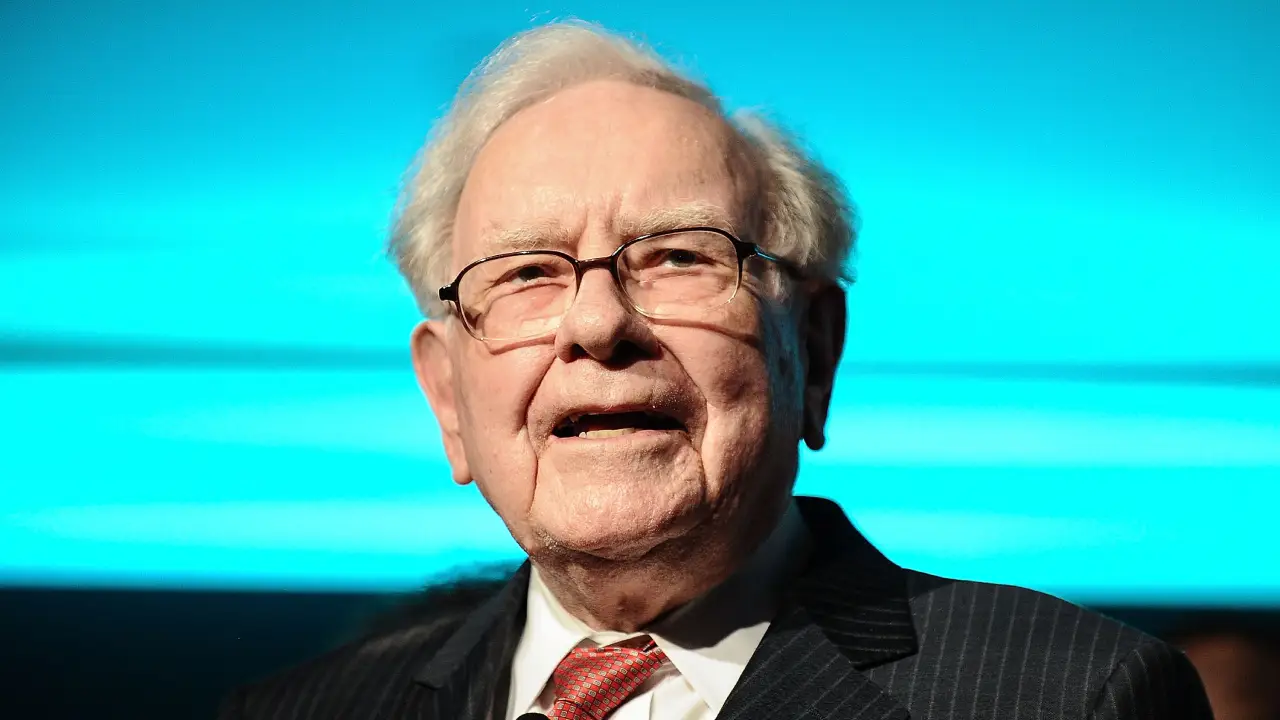Channel Your Inner Buffett: A Guide to Value Investing
Warren Buffett, the “Oracle of Omaha,” is synonymous with long-term investing success. His value investing philosophy has not only made him one of the richest people in the world, but it has also inspired countless individuals to adopt a similar approach. But what exactly is Buffett’s secret sauce, and how can you emulate his strategies for your own portfolio?
Thinking Like a Business Owner
At the heart of Buffett’s philosophy lies the concept of buying businesses, not stocks. This means going beyond the ticker symbol and focusing on the underlying company’s fundamentals. You’re essentially becoming a part-owner, and just like any business owner, you want to invest in companies with strong financials, a clear competitive advantage, and the potential for sustained growth.
The Moat Mentality
Buffett is a big believer in economic moats. These are the qualities that shield a company from competition and ensure its long-term profitability. They can come in many forms, such as strong brand loyalty, a robust patent portfolio, a cost advantage due to economies of scale, or a network effect where the service becomes more valuable as more users join. Companies with wide moats are likely to maintain their market dominance and generate healthy returns for investors.
Intrinsic Value vs. Market Price
Buffett doesn’t chase hot stocks or get caught up in market frenzy. Instead, he focuses on a company’s intrinsic value – its true underlying worth based on its future earnings potential. He then looks for opportunities to buy stocks when the market price is significantly lower than the intrinsic value, creating a margin of safety. This buffer protects him from potential downturns and allows him to profit when the market eventually recognizes the company’s true value.
The Power of Patience
Buffett is a patient investor. He’s not interested in short-term gains or making a quick buck. His philosophy centers around buying and holding for the long term, allowing companies time to grow and their intrinsic value to be realized. This approach requires discipline and the ability to withstand market volatility without panicking and selling at a loss.
Building a Circle of Competence
Buffett famously invests in businesses he understands. He advises investors to focus on industries and companies where they possess a circle of competence – a sector where they have the knowledge and expertise to analyze financial statements, assess competitive landscapes, and make informed investment decisions. Staying within your circle of competence helps you avoid getting caught up in fads or industries you don’t fully grasp.
Mr. Market and Contrarian Thinking
Buffett often describes the market as Mr. Market, a manic-depressive character who offers to buy or sell stocks at varying prices. The key is to take advantage of Mr. Market’s emotional swings. When the market is fearful and undervalues stocks, it’s an opportunity to buy (be greedy when others are fearful). Conversely, when the market is euphoric and overvalues stocks, it’s wise to sell (be fearful when others are greedy). This contrarian approach requires independent thinking and the courage to go against the herd mentality.
The Importance of Diversification (But Not Too Much)
While Buffett emphasizes concentration on high-conviction investments, he doesn’t advocate putting all your eggs in one basket. Having a diversified portfolio with companies across different sectors mitigates risk. However, Buffett’s diversification leans towards a concentrated portfolio compared to traditional investment advice. He believes in owning a smaller number of companies you’ve thoroughly researched and have high conviction in, rather than spreading yourself thin across a multitude of holdings.
Temperament Over Intellect
Buffett famously believes that temperament is more important than intellect for successful investing. Emotional control is key to sticking to your investment thesis and avoiding impulsive decisions based on market noise. Discipline, patience, and the ability to resist the urge to panic sell during downturns are crucial for long-term investing success.
The Value of Reading and Learning
Buffett is a voracious reader, spending a significant amount of time studying companies and immersing himself in the world of business and finance. He encourages investors to do the same, constantly expanding their knowledge and understanding of the market and the companies they invest in. Annual reports, industry publications, and biographies of successful investors are all valuable resources for honing your investment skills.
Conclusion: Value Investing for the Long Haul
Buffett’s value investing approach isn’t a get-rich-quick scheme. It’s a long-term strategy that requires patience, discipline, and a thorough understanding of the companies you invest in. By focusing on businesses with strong fundamentals, economic moats, and undervalued stocks, you can build a portfolio poised for sustainable growth over time. Remember, the stock market is a marathon, not a sprint.By following these principles, you can make informed investment decisions and potentially achieve long-term financial success.














Post Comment